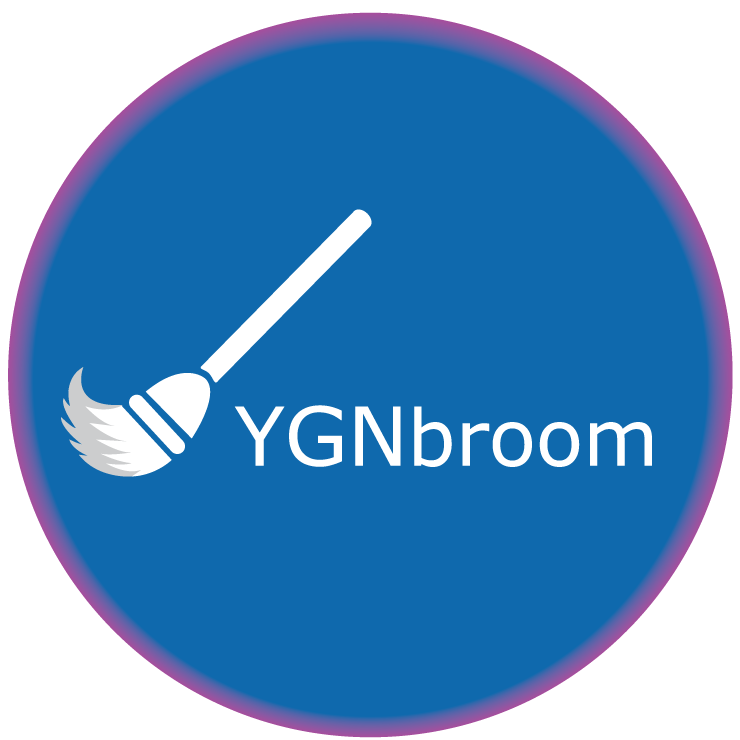HOW TO LEAD EFFECTIVE TEAM MEETINGS?
Business leaders and startup founders always wonder how good meeting practices to boost their efficiency. Think of all the bad team meetings you have attended: Meetings where one person dominated the conversation, the room argued in circles, or the content shared was repetitive – and could have easily been an email.
Running an effective team meeting shouldn’t be rocket science. However, most managers are still running team meetings that are poorly organized, overly long, and lack clear takeaways.
First, we need to define some terms clearly. The meeting is a generic term which describes any conversation between at least 02 persons via any tools/devices. Efficiency is a broad term which depends on a variety of the organization’s objectives. So how could we agree together with the same definition of an efficient meeting?
Create a meeting agenda and encourage everyone to prepare ahead of time
You can’t have an effective team meeting unless all the attendees are prepared to contribute to the conversation.
Start by creating a shared meeting agenda that is visible and editable by everyone on the team. This will give all attendees an equal chance to prepare and contribute.
Spending time preparing for large meetings is one of the most important things you can do as a leader, since those meetings are the ideal scenario to communicate ideas and impact how everyone on your team makes decisions.
Collaborating on a meeting agenda won’t just make all your meetings more productive, it will also be the first step towards building a more inclusive company culture, where everyone’s ideas and contributions are valued.

Good meeting practices (Source: internet)
Only meet to create value
Meetings are for creating value, not playing politics, covering your backside, or simply because “that’s how we’ve always done things.”
If the meeting doesn’t create value, cancel the meeting. You’ll reap instant savings from the freed up staff time, not to mention the opportunity for them to do other more valuable work.
Meetings are a great place to brainstorm ideas, to reach a key decision, to gain full buy-in from your staff, or to coordinate execution. Just make sure the area you’re brainstorming on, or the decision you’re making, or the project you’re coordinating on creates enough value for your company to make it yield a healthy return on your meeting investment.
Take a moment to recognize employees
Great managers praise in public and criticize in private. That’s why another practice you should adopt as a leader is taking a moment to recognize employees during your team meetings.
Here are two things to consider if you’re thinking about praising a teammate publicly:
Adapt to people’s individual preferences. While the majority of people like to be praised in public, some people might dislike public mentions. You should ask employees if they like public recognition during one of your one-on-one meetings.
You don’t have to be the only one recognizing people. One more thing you can do is add a Feedback/Shoutouts section of your meeting agenda. This is a great way to encourage other employees to recognize their teammates.

Take a moment to recognize employees (Source: internet)
Ask about roadblocks and concerns
In a study titled The Iceberg of Ignorance, Sidney Yoshida concluded that only 4% of an organization’s front-line problem is known by top management. In order to prevent this, you can use one-on-ones and team meetings to ask your teammates about the blockers that might be impeding them from doing their work.
Assign clear action items and takeaways
Action items are arguably the most important components of your team meeting. They’re an essential part of making sure that your meetings involve new discussions, ideas, and decisions – and aren’t just scheduled to exchange updates.
What’s the best way to record action items from your team meetings?
We recommend writing them at the bottom of your meeting agenda and assigning them as the meeting evolves. This will allow you to go back and reinforce what the team agreed on at the end of each meeting. Using a meeting agenda app can help you and your team build this habit.

Assign clear action items and takeaways (Source: internet)
Clarify and follow up on action items
It’s one thing to have a productive meeting, but to reap the value of that meeting, stuff has to get done. At the end of the meeting, go back and explicitly clarify action commitments out of the meeting.
Clarifying who owns which tasks, by when, and how they’ll “close the loop” by reporting back its completion is half the battle for accountability. The other half is ongoing follow up to make sure all assigned tasks get done. As a default, the meeting leader should be responsible to check in with all the task holders on status and to hold them accountable if not done as agreed. Of course, he or she could delegate this follow up responsibility, but as a default, this works well.
One final comment on execution–as the leader in your company you must role model the behaviour you want others to emulate. Are you clear at the end of meetings as to who owns which next steps and by when? Do you follow up with them and hold them accountable for their assigned tasks? Do you consistently execute your action assignments out of meetings? A culture of accountability is built in great part by leaders consistently doing the behaviours they want their teams to absorb.
Conclusion
Any business or startup founding team can easily design their coordinate system and numerical logic to track their quantity matters of the meeting. They also can design the cultural communication to boost their quality matters of discussion. Then they have a best practice to conduct good meetings to run the business toward long-term success.


 July 27, 2022
July 27, 2022 


